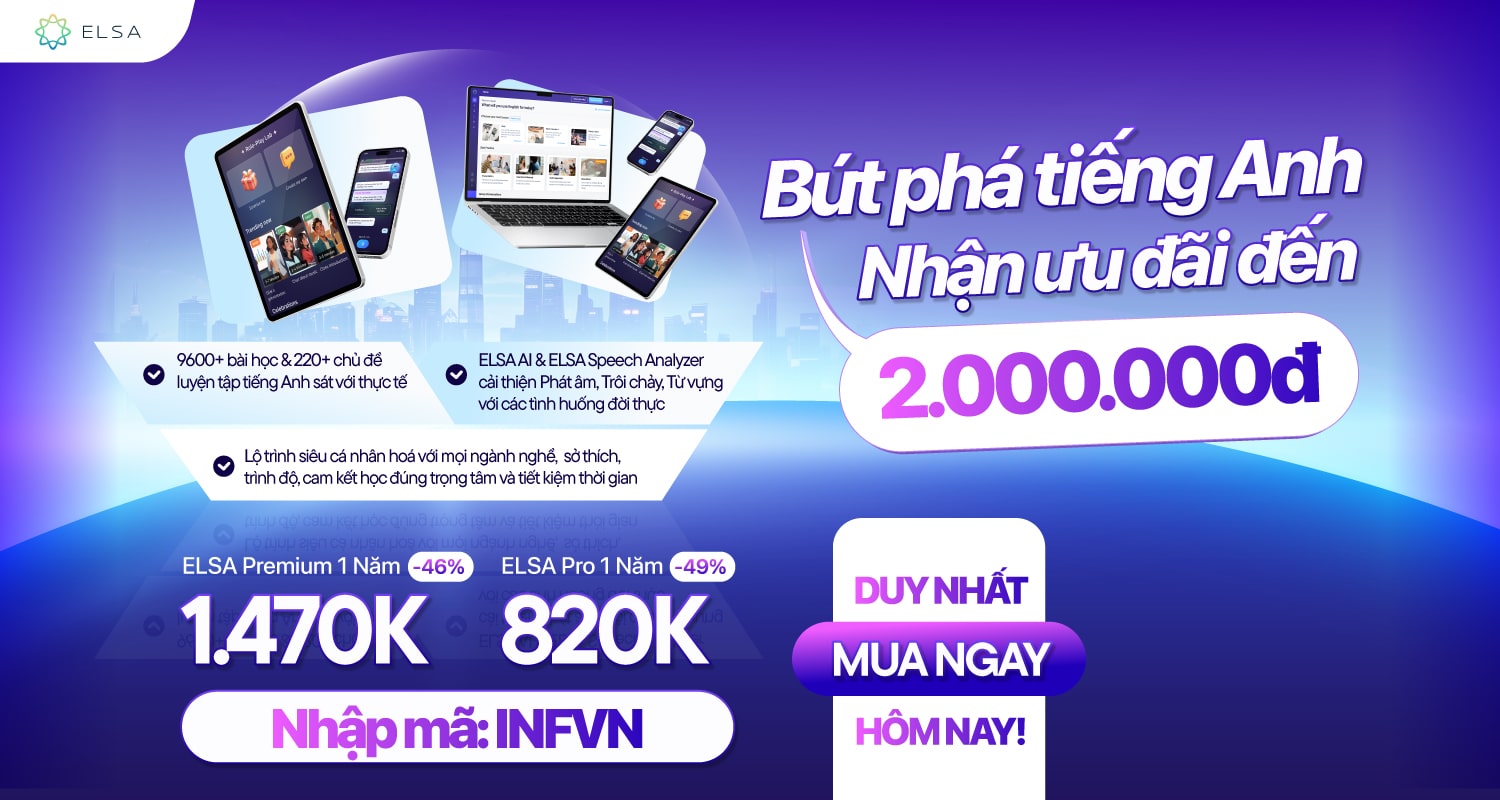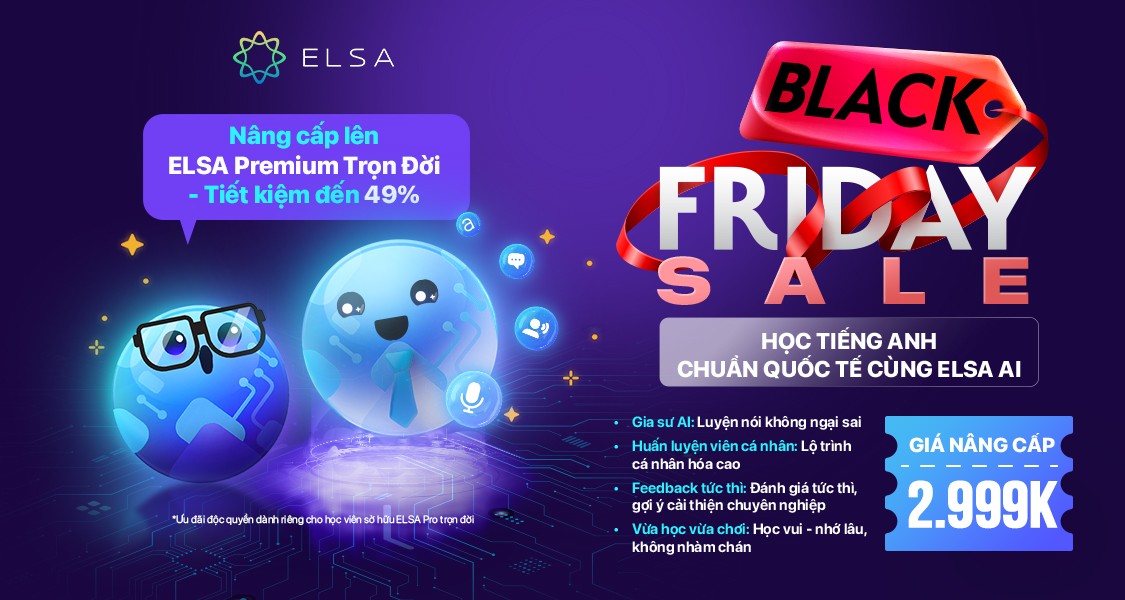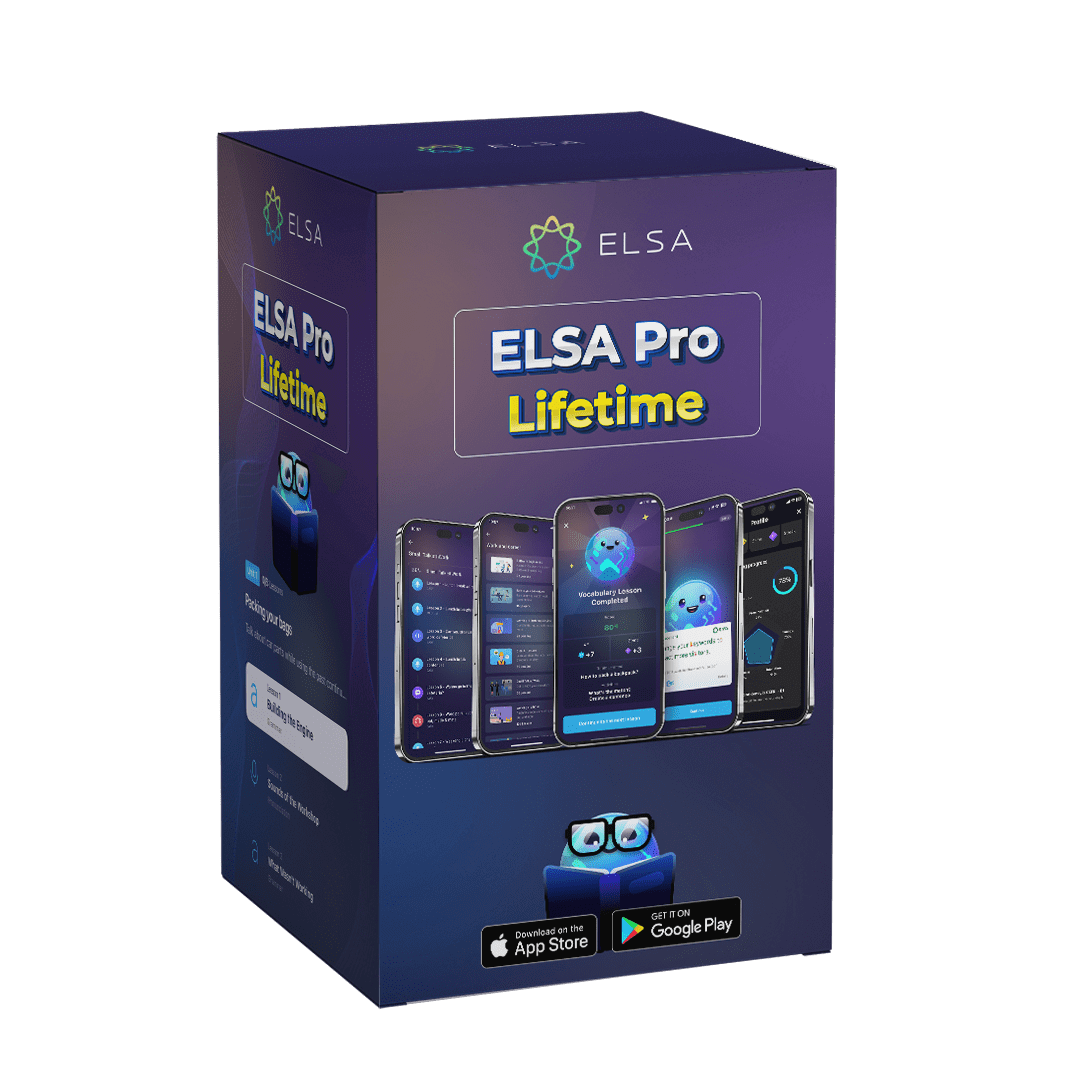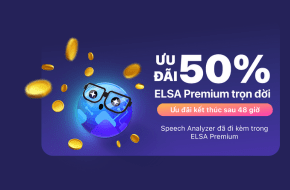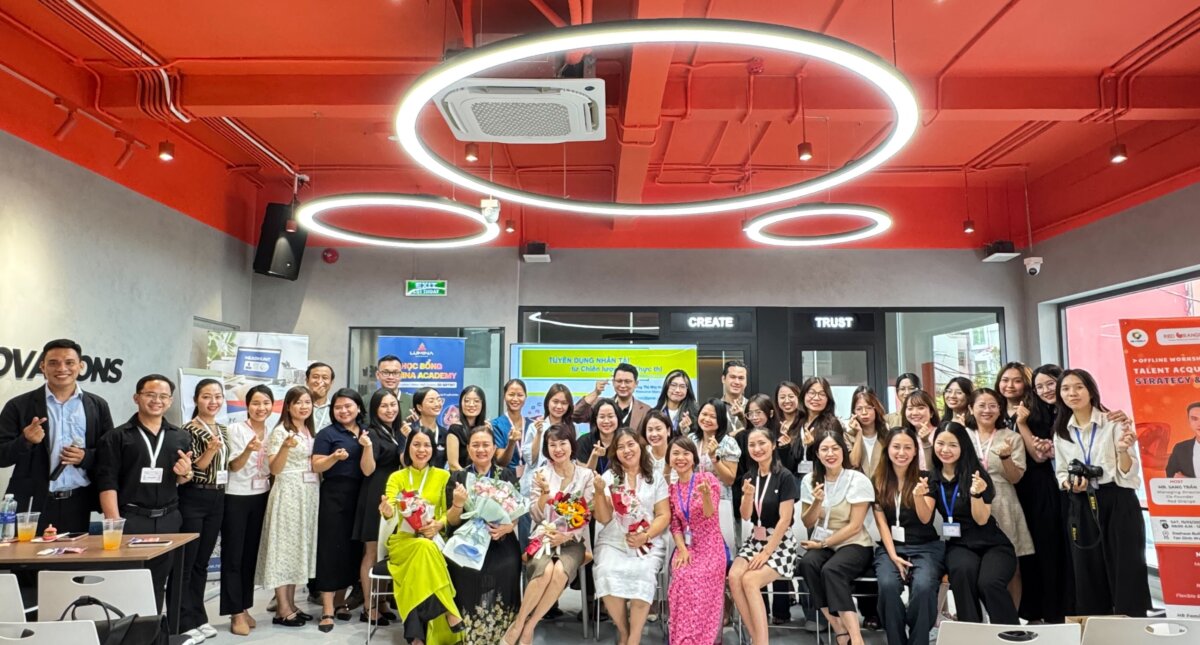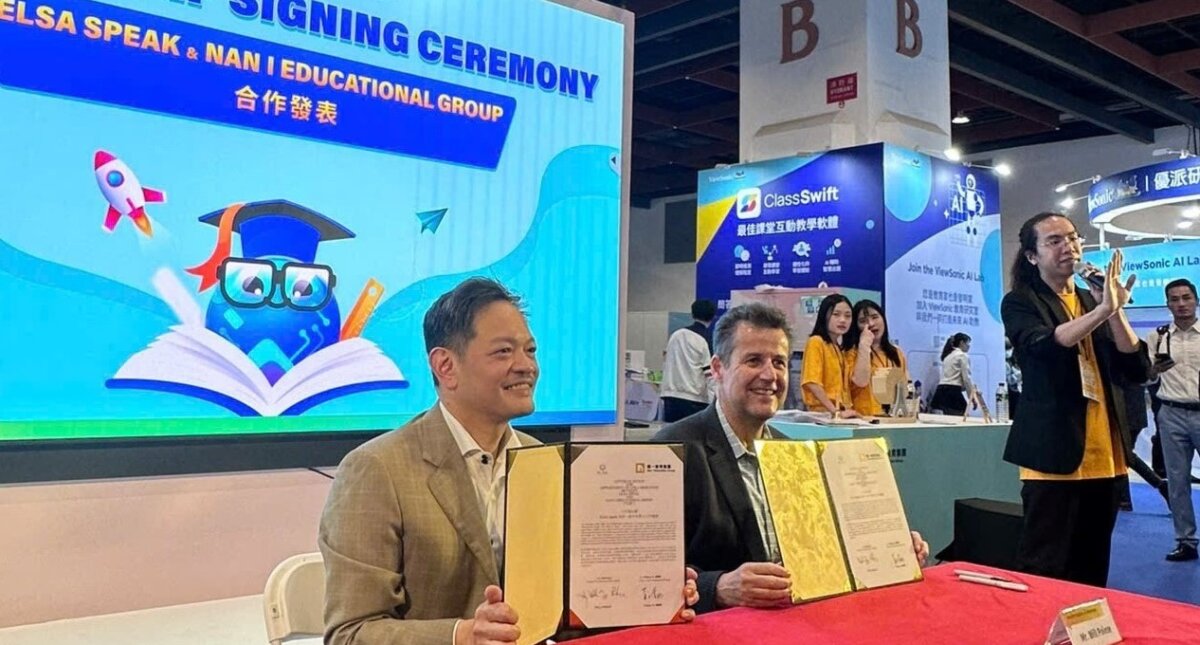COVID to accelerate the industry trends
2020 has been a year of uncertainty and adversity; COVID-19 has shaken the world, natural disasters, and the political and economic divide challenged people around the world.
While we have to acknowledge the year 2020 has been difficult for many around the world, we are also observing that the edtech industry is accelerating its efforts to help learners around the world in innovative ways, resulting in some paradigm-shifting trends.
Kiểm tra phát âm với bài tập sau:


1) Thực tế ảo
While the education was increasingly becoming more immersive with technology like YouTube and Alexa prior to 2020, VR has emerged as a rising star in language education. The new situations in 2020 accelerated the VR trends for several seemingly obvious but strong reasons:
- Study anytime & anywhere. VR lets you have a virtual English teacher in the comfort of your own living room anytime that suits you. This is way more convenient than booking a Zoom lesson with your language teacher.
- VR can simulate real-world interactions required to learn a language. You cannot master a language by studying alone! VR can provide authentic interactions that mimic real English teacher or a room-full of audiences if you want to practice for your next business presentation.
- VR takes away the pressure. Speaking with a native speaker can be intimidating especially for beginners. With VR, you do not have to feel bad about making the same mistakes, asking to repeat certain lessons over and over until you get it right.
VR technology is still not available for all language learners due to its cost and access to headsets. The industry is watching this trend closely as the wider adoption will eventually bring down the cost for more learners to take advantage of VR in English learning.

2) Robot
Robot Technology adds a new dimension to language learning. The robot takes learners away from screens and even provides humanlike facial expressions in order to make the learning experience closer to the natural language learning process with a human teacher (minus the judgments learners might feel from human teachers). This sounds like what we need for our English learners in 2020!
In some places in the world where there is a dearth of native English speakers, English teaching robots have been in high demand. In 2020, the use of robots is an effective way for students and teachers to work together in a safe environment to observe social distancing. There are many players developing English-teaching AI robots such as Musio and Nao, and we will certainly see more of these in the future.

3) TPRS (Dạy thành thạo thông qua đọc và kể chuyện)
While TPRS is not new, every year has seen more and more teachers adopting this methodology. TPRS is based on the idea that the human brain needs a massive amount of comprehensible input(CI) for the acquisition of a new language.
Rather than teaching grammar and rules, TPRS exposes learners to English vocabularies and make English come alive for them. Just like we do so for human babies, teachers shower students with English vocabularies in contexts to engage them.
In a TPRS classroom,
- The teacher defines words for students, tells a story using the words, starting with a lot of questions to evaluate the understanding of the students about the target language and then add personalized, comprehensible, and interesting details to the story.
- Students read the story to the class. It encourages English proficiency through compelling, repetitive, and contextualized inputs.
TPRS solves the main problems prominent among modern learners. It makes the lesson content easier to understand, memorable, and most importantly fun and engaging for the students.

4) Học vi mô
Microlearning is a way of teaching and delivering content to learners in short, very specific bursts. It is based on the belief that a smaller dose of information is more memorable. Learning materials in smaller-chunks creates far more engagement from learners (some study suggests 50% more engagement from microlearning).
Microlearning uses multi-media tools as its platform, with compelling visual graphics through videos, slideshows, and gamification. This encourages learners to share their lessons and achievements on SNS, and this facilitates communication and community-building among learners around their learning experiences.
The Microlearning trend is also accelerated as more people learn English using mobile apps. Many services in edtech are the beneficiaries of microlearning trends (Ex. Coursera, Quizlet, ELSA Speak).

5) Chánh niệm và ESL K-12
In 2020, mindfulness is one of the top needs not only in education but in many other aspects of our lives. Mindfulness serves as the foundational requirement for the effective processing of information and learning. Mindful language learners are likely to be more present and concentrated to improve with better ability to digest feedback.
Especially, educators of K-12 ESL learners must put mindfulness on the agenda in 2020 — many of these learners are expected to cope with not only a second language but also with the other societal and cultural complexity in their lives inside and outside of the classrooms. Language learning for ESL Students often is a disruptive social process of being introduced to new cultural norms away from their home countries. This is why for young ESL learners, mindfulness must always be coupled with language learning.
Many players in edtech are making mindfulness accessible for school-age audiences (Ex. meditation apps like Headspace for kids, yoga contents like Cosmic Kids Yoga). These mindfulness tools are increasingly integrated into the classrooms across the world where language learning takes place.
Phần kết luận
The year 2020 has been tough for English language teachers and learners around the world. We feel grateful ELSA Speak is able to join the global effort to make language learning accessible to many. We stand with many amazing players in the edtech space to continue to help students and teachers through the uncertainty of 2020.
 21/12/2020 | kien.le
21/12/2020 | kien.le